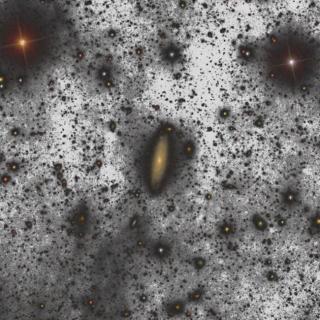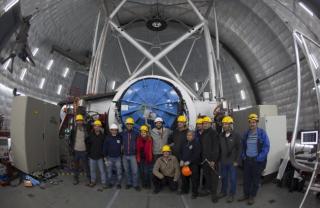
The writer and journalist is the second invitee to participate in the cross-disciplinary proyect "En un lugar del Universo..." which brings together Literature and Astronomy to celebrate the Cervantes centenary.
Advertised on
This section includes scientific and technological news from the IAC and its Observatories, as well as press releases on scientific and technological results, astronomical events, educational projects, outreach activities and institutional events.





